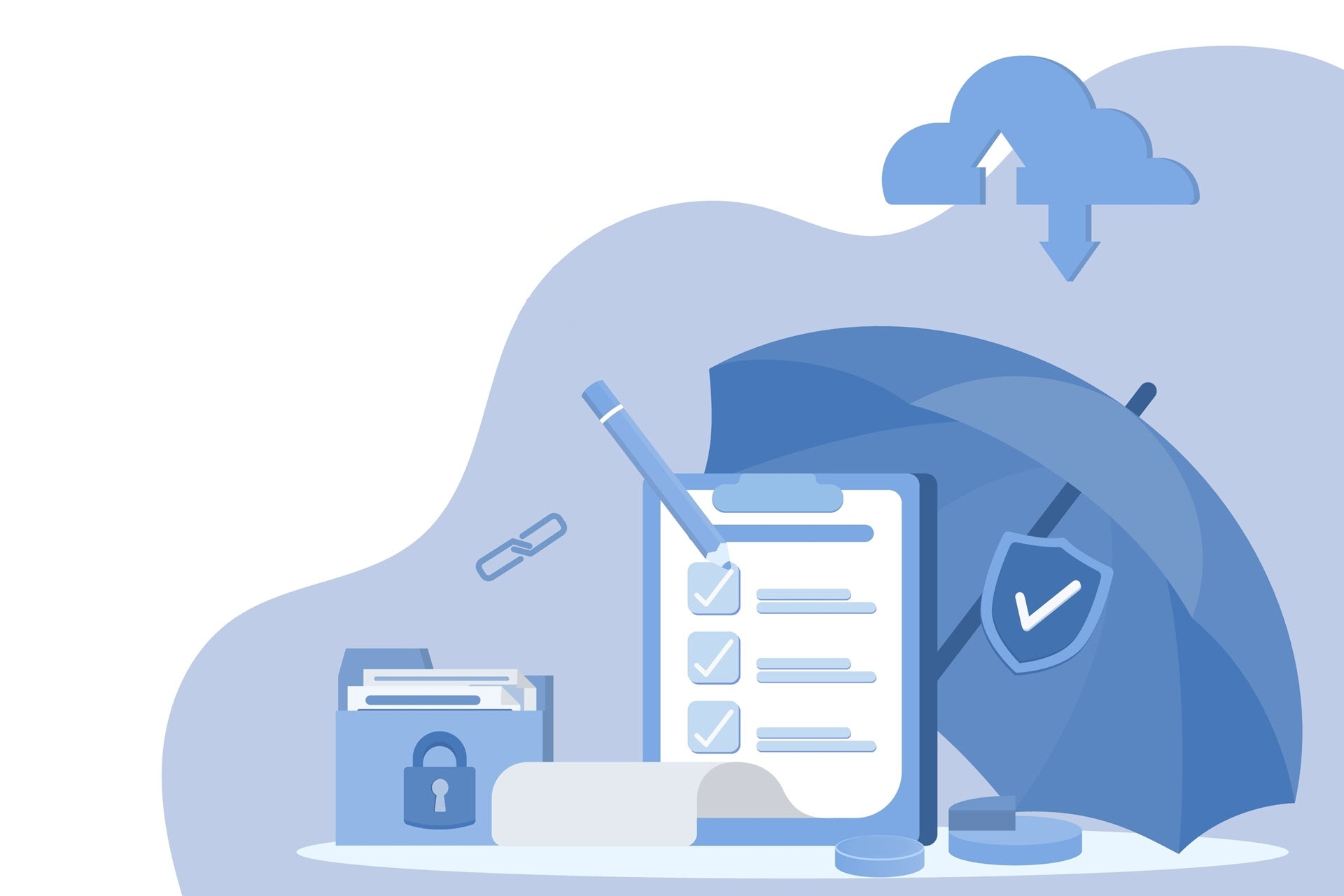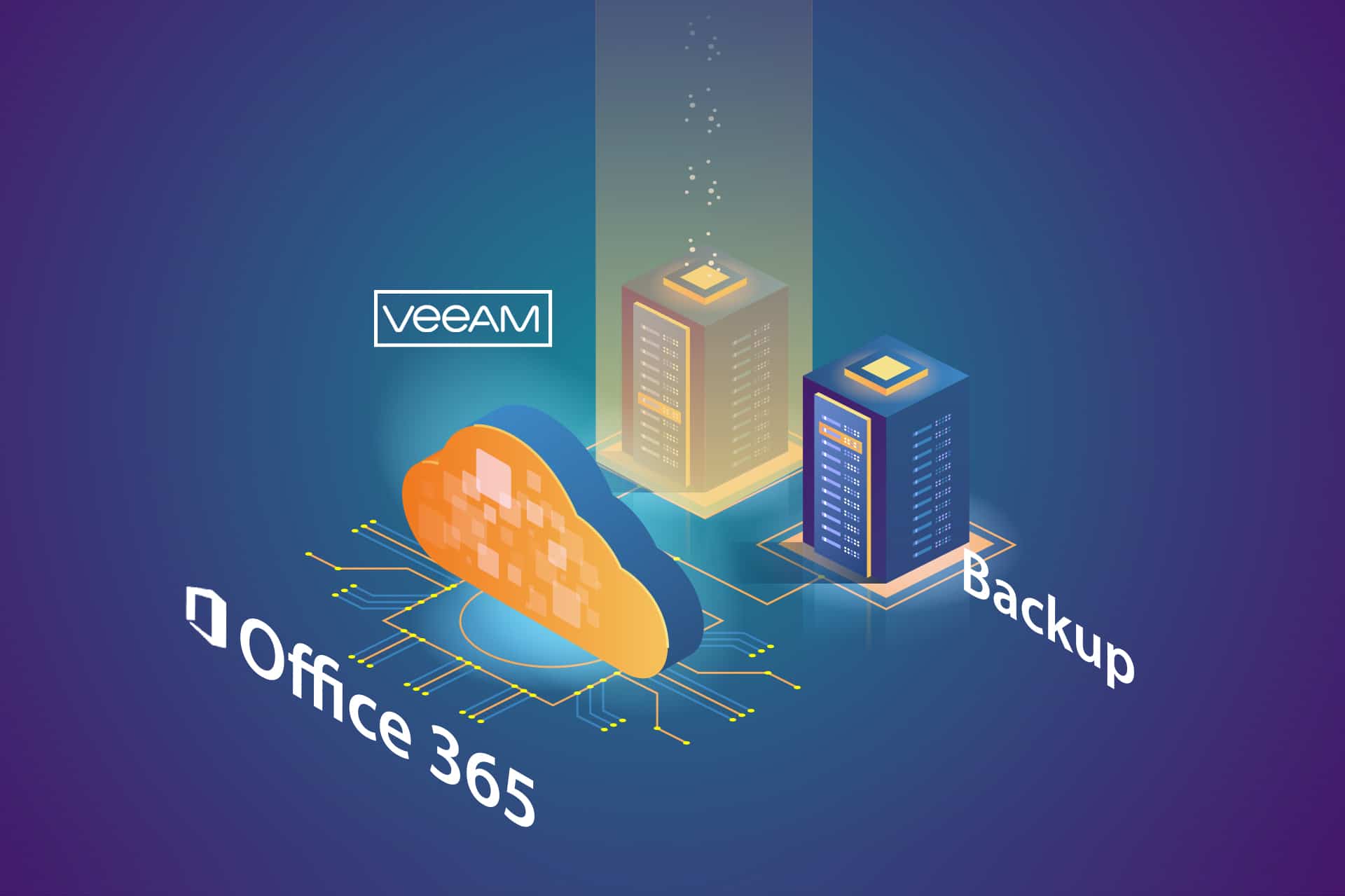Disasters happen, and they are unpredictable. With a well-rounded DR strategy, your organization can weather any storm. Without a plan, a single disaster can sink your company.
Cloud technology has democratized disaster recovery, making it accessible and affordable for businesses of all sizes. Cloud disaster recovery is a cost-effective, scalable, and efficient solution that quickly restores IT infrastructure after a disruption.
This article outlines the basic and advanced concepts of cloud disaster recovery. Jump in to see whether cloud-based DR is a good fit for your organization.
What Is Cloud Disaster Recovery (Cloud DR)?
Cloud disaster recovery is a set of strategies and services that leverage cloud computing to protect data, applications, and other IT resources from disasters and hardware failures.
Disasters can be natural, such as floods, hurricanes, and earthquakes, or man-made, such as cyber-attacks and power outages.
Why Is Cloud Disaster Recovery Important?
Cloud disaster recovery quickly restores IT systems' functions, minimizing downtime and disruption to business operations.
Maintaining operational resilience is vital, as 60% of small businesses close within six months of experiencing a cyber-attack, and 25% never reopen after a disaster.
Despite these statistics, only 54% of organizations have an established disaster recovery plan. Although 57% of surveyed companies have a second on-prem data center dedicated to disaster recovery, this approach can be expensive and complex.
Cloud disaster recovery offers a more cost-effective alternative for businesses of all sizes.
Check out our article on the most recent and relevant disaster recovery statistics.
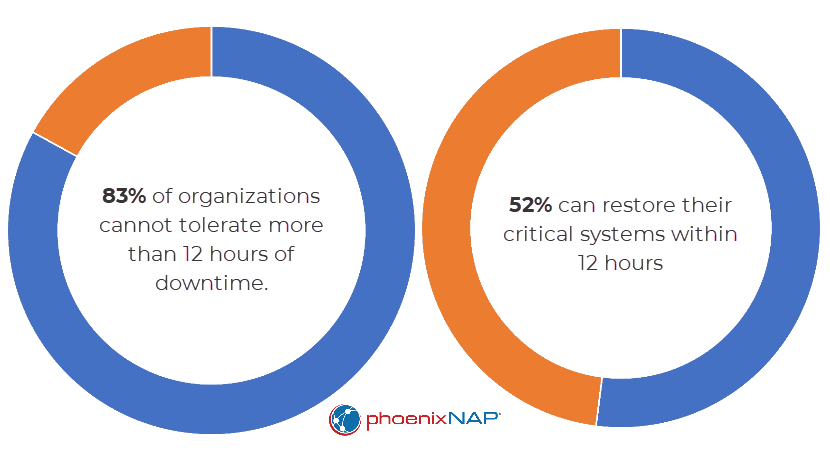
How Does Cloud-Based Disaster Recovery Work?
Cloud disaster recovery works by replicating data and apps in a cloud-based environment using three primary strategies.
Cold Disaster Recovery (Cold DR)
Cold DR is the most straightforward and cost-effective disaster recovery approach but has the longest recovery time.
Cold DR involves storing data or virtual machine (VM) images in the cloud. However, they are not readily usable and require additional restoration steps, such as downloading up-to-date data or loading VM images.
Warm Disaster Recovery (Warm DR)
Warm DR is a standby system that maintains up-to-date duplicates of data and apps in the cloud. These duplicate resources are not actively processing data, but you can quickly activate them in a disaster. Warm DR recovery is relatively fast, but there is still some downtime for the protected workloads.
Hot Disaster Recovery (Hot DR)
Hot DR is the most expensive and intricate disaster recovery approach, offering the fastest recovery time with zero downtime. Hot DR operates with a live parallel deployment, where data and workloads run concurrently in both the primary data center and the DR site.
Both sites share the same workload, staying synchronized and splitting the app traffic. If disaster strikes one site, the other seamlessly continues operations without interruption.
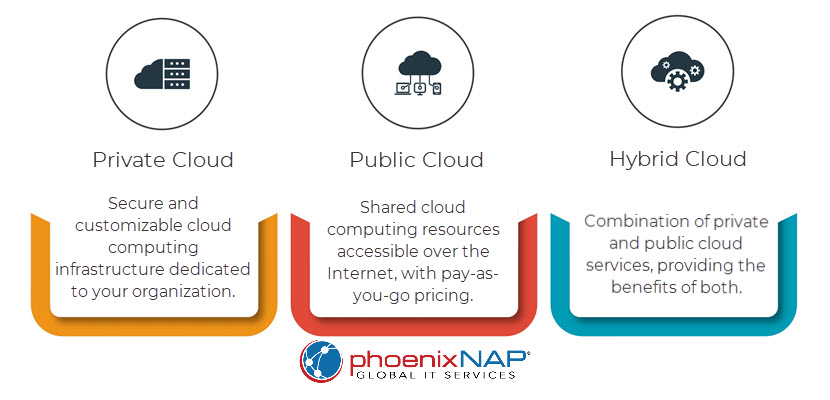
Cloud DR vs. Traditional DR
Cloud computing is mature and reliable, offering virtually identical performance to traditional DR solutions. However, there are still scenarios where traditional disaster recovery is superior.
| Point of comparison | Cloud disaster recovery | Traditional disaster recovery |
| Cost | Cost-effective for small and medium-sized businesses | More expensive upfront, but eventually cost-effective for large businesses with complex requirements |
| Flexibility | Highly flexible, can be deployed quickly and easily | Less flexible, complex, and time-consuming to deploy |
| Scalability | Can be scaled up or down without purchasing additional hardware or software | Requires purchasing additional hardware and software to scale |
| Geo-redundancy | Enables easy data replication to multiple cloud regions | Difficult to achieve geo-redundancy |
| Connectivity | Requires a reliable internet connection | May not require an internet connection |
If you have invested in traditional DR resources, such as a secondary data center and backup and recovery (BDR) software, you should continue using them until they are fully depreciated. In this scenario, switching to cloud DR is costly and unnecessary.
Cloud DR vs. DRaaS
Cloud disaster recovery requires a do-it-yourself approach to DR. You select a cloud platform to host data and apps and your team is responsible for managing the replication and failover process.
Note: Learn about the differences between a failover and failback.
On the other hand, disaster recovery as a service (DRaaS) is a managed service. A DRaaS provider designs and implements a disaster recovery solution for you, and they manage the replication and failover process on your behalf.
| Cloud disaster recovery | Disaster recovery as a service | |
| Flexibility | High | Lower |
| Cost | Varies depending on your implementation | Typically more expensive than cloud DR |
| Complexity | High | Lower |
| Expertise required | Significant | Low |
| Management responsibility | In-house team | DRaaS provider |
Challenges of Cloud DR
Cloud disaster recovery offers many advantages, but it has its drawbacks. Here are the most common challenges:
- Migration costs. Cloud migration is expensive, especially for large and complicated environments.
- Complex implementation. Compared to DRaaS, cloud DR is complex to implement and manage.
- Consistent connectivity. Cloud DR requires steady connectivity and reliable internet access.
- Vendor lock-in. Once you have implemented a cloud solution, switching to a different provider can be difficult. This issue is known as vendor lock-in.
- Dependence on third-party providers. Cloud DR makes you dependent on the uptime and security of third-party providers.
Business Continuity & Disaster Recovery in the Cloud
Business continuity is an organization's ability to continue operating during a disruption. Cloud disaster recovery bolsters business continuity by protecting data and minimizing downtime.
For example, an organization can replicate its data and apps to the cloud, quickly recover from a disaster at its primary facility, and resume business. There's zero downtime or service disruption.
Note: Learn more about what it takes to successfully manage business continuity in the cloud.
Additionally, cloud DR improves compliance posture, which is crucial for business continuity. For example, the Health Insurance Portability and Accountability Act (HIPAA) requires healthcare organizations to have a disaster recovery plan to protect patient health info. The fines and penalties for HIPAA violations are significant and can ultimately sink a business.
Note: Learn more about HIPAA requirements and what it takes to be compliant by following our HIPAA compliance checklist.
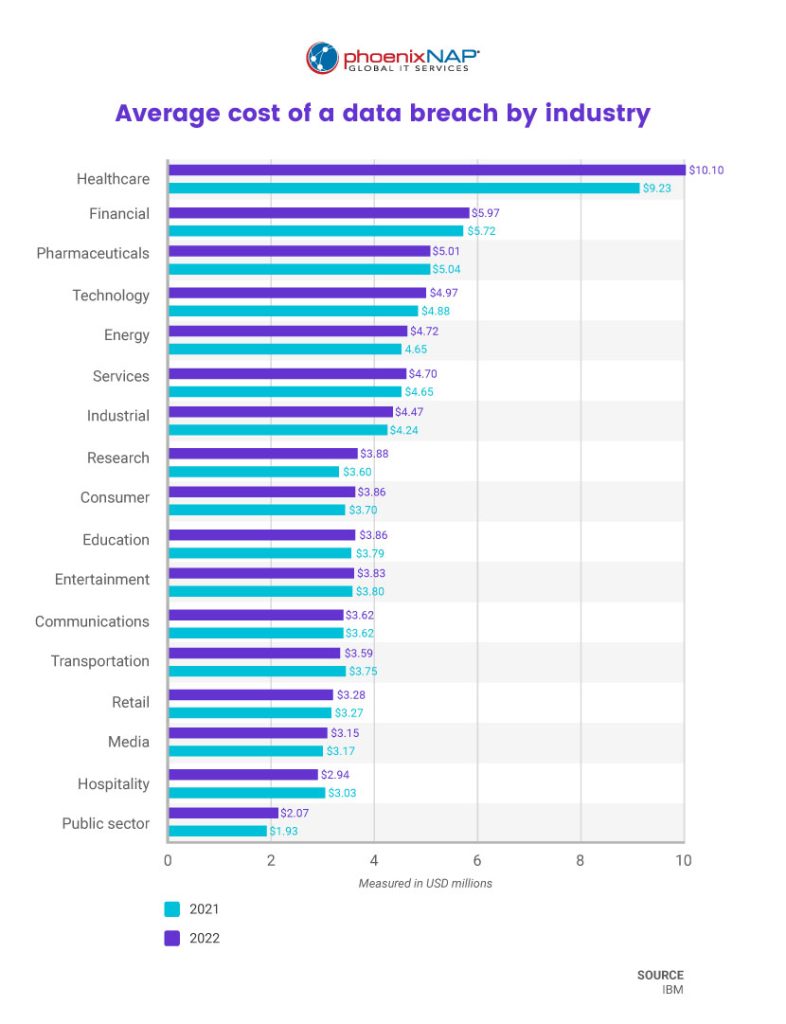
Note:Business continuity and disaster recovery are closely related fields that play different but complementary roles in crisis management. Read our article business continuity vs. disaster recovery to understand the difference.
How to Create a Cloud-Based Disaster Recovery Plan
Here are the steps to create a comprehensive cloud disaster recovery plan:
1. Understand your infrastructure and risks. First, identify key IT assets, including hardware, software, and data. Then, identify the risks that could affect them, such as disasters, cyber-attacks, human error, or insider threats.
2. Conduct a business impact analysis (BIA). A BIA is a method for calculating how a disaster would affect your business and what you need to do to minimize the impact. Consider how long your business can afford to be down and how much data loss you can handle.
3. Set your recovery time objective (RTO) and recovery point objective (RPO). RTO is the maximum time your apps can be down before affecting your business. RPO is the maximum amount of data loss you can tolerate.
Note: Read our RTO vs. RPO article to better understand the difference between the two metrics.
4. Choose a disaster recovery strategy. Consider your RTO, RPO, budget, and technical constraints when choosing a strategy. Common approaches include:
- Cold DR: Store data or VM images in the cloud, but be prepared for a longer recovery time.
- Warm DR: Maintain up-to-date duplicates of data and apps in a cloud environment for faster recovery.
- Hot DR: Replicate your entire production environment to the cloud for the fastest recovery and zero downtime.
5. Choose a cloud partner. Select a trusted cloud service provider with a good reputation for reliability, recovery speed, and compliance.
6. Build your cloud DR infrastructure. Work with the cloud provider to build your infrastructure, considering the following aspects:
- Infrastructure components: Identify the number and type of infrastructure components you need to support your disaster recovery plan.
- Data replication: Choose a method for copying data that meets your RTO and RPO requirements.
- Security: Implement appropriate user authentication, access management, and cloud security controls to protect data in the cloud.
- Compliance: Ensure your infrastructure complies with relevant industry regulations.
7. Document your disaster recovery plan. Create a clear and concise plan with specific instructions for everyone involved.
8. Test your disaster recovery plan. Make sure your plan is effective and up-to-date by testing it regularly under realistic conditions.
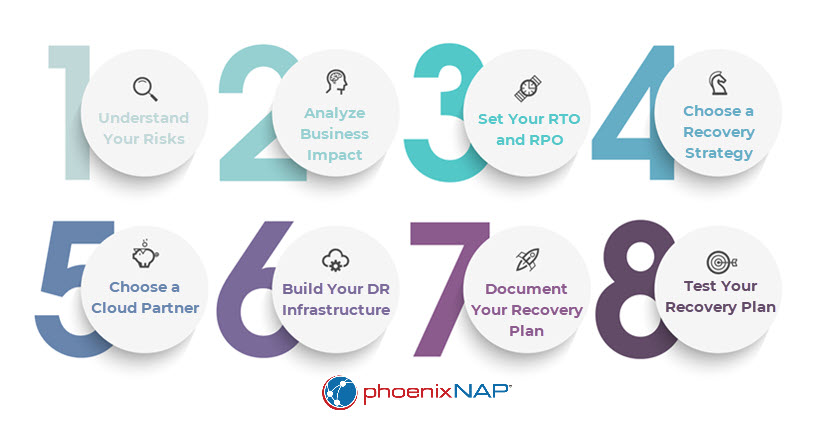
How to Choose a Cloud Disaster Recovery Provider
Below are the main factors to consider when choosing a cloud DR provider.
- Distance. Select a provider with data centers far from your primary site to minimize risks from disasters affecting both locations.
- Reliability. Look for a provider with a proven track record of uptime and reliability.
- Flexibility and scalability. Choose a provider that offers diverse solutions that can adapt to your needs and accommodate growth.
- Security and compliance. Ensure the provider has robust security measures and complies with relevant industry regulations to protect your data and apps.
- Architecture. Select a provider with an architecture designed to meet your disaster recovery requirements, especially if high-performance recovery is essential for your use case.
- Integrations. Opt for a provider that seamlessly integrates with your existing IT systems. Compatibility makes implementing and managing your disaster recovery solution more straightforward.
Disaster Recovery That Checks All the Boxes
Consider phoenixNAP’s Disaster Recovery as a Service if you prioritize digital resilience. We offer a cloud disaster recovery solution that is:
- Geographically dispersed. Our data centers are located worldwide, so you can choose a location far from your primary data center. That way, you minimize the risk of a single disaster affecting both primary and secondary sites.
- Reliable and secure. We have a proven record of reliability and uptime, and our data centers are staffed by a 24/7 team of experienced professionals dedicated to keeping your data and apps safe and available.
- Flexible. We offer a range of solutions to meet your needs and budget, with scalable services to accommodate your growing business.
Contact us today to learn how we can protect your data from disaster.
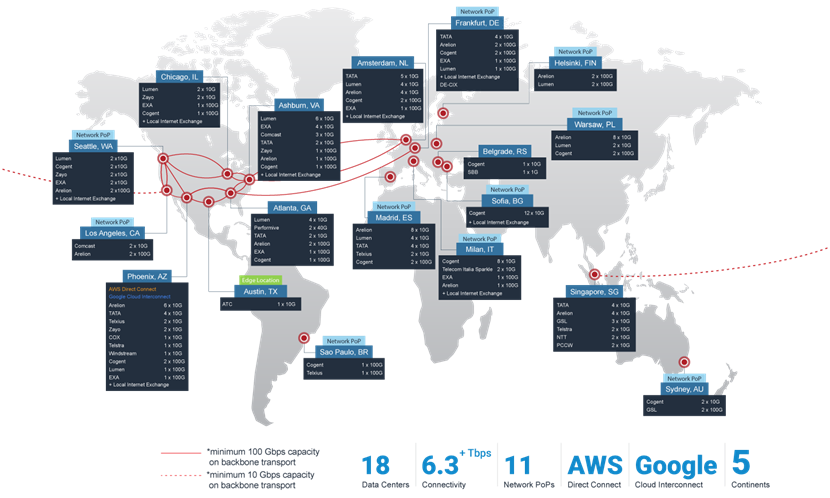
Cloud Disaster Recovery: Are You Prepared?
Cloud disaster recovery offers many benefits over traditional solutions. It is a cost-effective, scalable, and reliable option that enables businesses of all sizes to protect their data. If you are considering cloud DR, choose a reputable cloud provider with a proven track record and various solutions to meet your needs and allocated budget.


